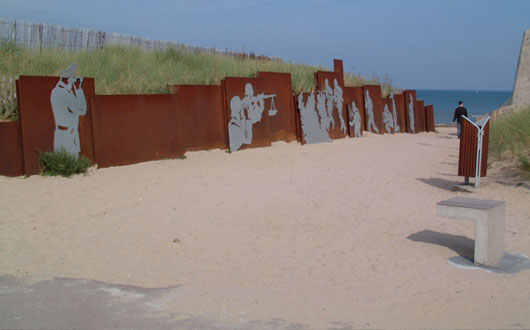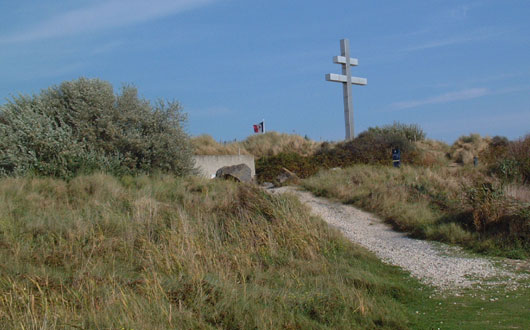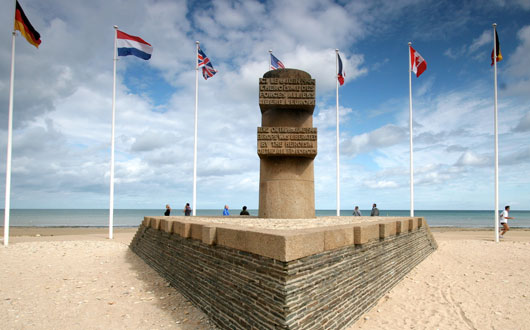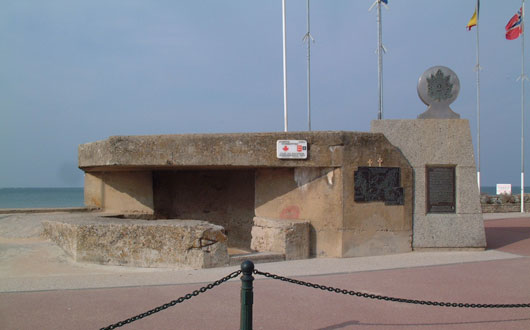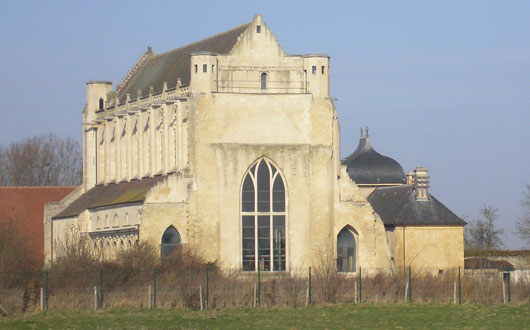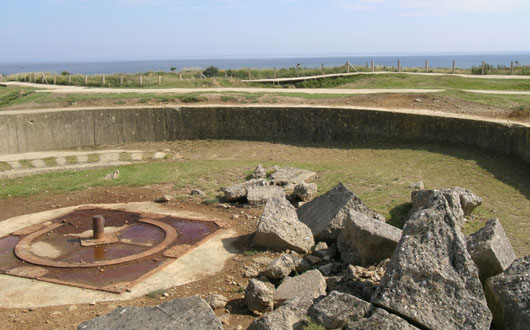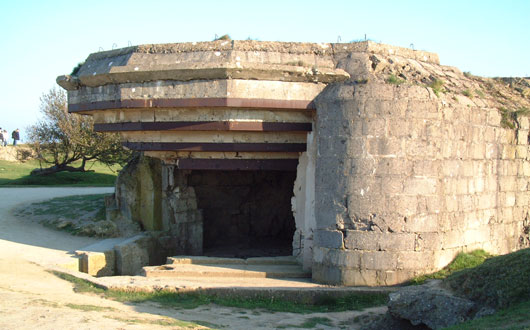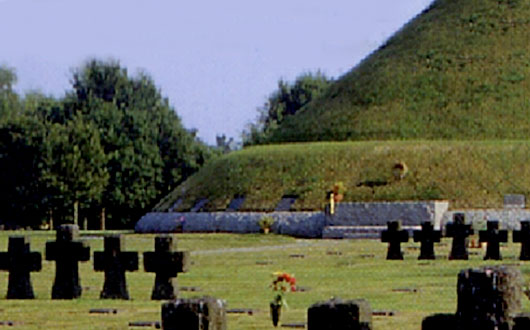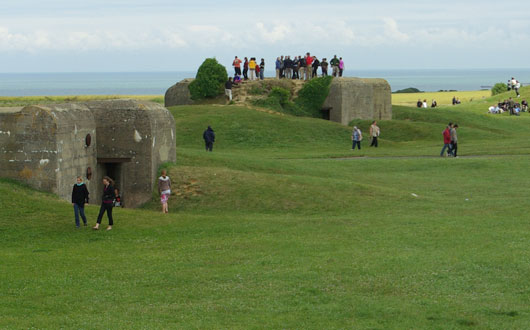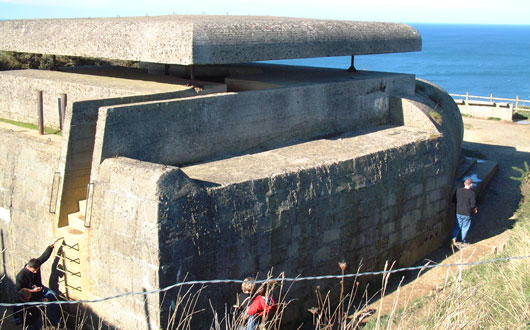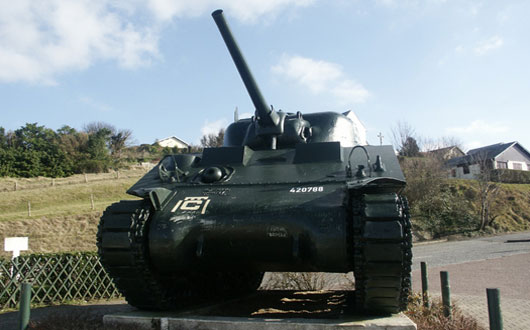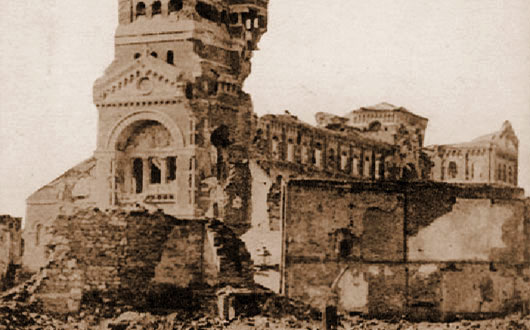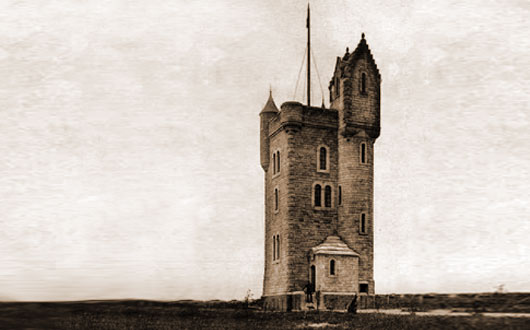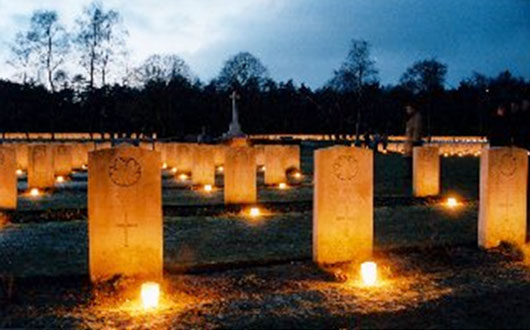Canadian Battlefields in Europe
Example of itinerary:
- Day 1: Pegasus Bridge, Caen
- Day 2: Verrières Ridge, Bayeux, Juno Sector
- Day 3: Omaha Beach Sector, German Cemetery, Gold Beach Sector
- Day 4: Dieppe, Amiens
- Day 5: Albert, Thiepval, Beaumont-Hamel
- Day 6: Vimy Ridge, Ypres, Menin Gate
- Day 7: Cloth Hall Ypres, Maldegem, Adagem
- Day 8: Groesbeek, Arnhem, Market Garden
- Day 9: Apeldoorn, Holten
- Day 10: Amsterdam
Tour Rate
- Rate on request. Please contact us.
Stop Play
First World War
On August 4, 1914, Great Britain entered WWI by declaring war on Nazi Germany which brought automatically Canada into war. Canada could still decide their country's level of involvement in the war. A Canadian Expeditionary Forces was created with four divisions to fight on Western Front.
In the end, conscription raised about 120,000 soldiers, of whom about 47,000 actually went overseas.
For a nation of eight million people, Canada's war effort was widely regarded as remarkable. A total of 619,636 men and women served in the Canadian forces in the First World War, and of these 66,655 were killed and another 172,950 were wounded.
Canadian sacrifices are commemorated at eight memorials in France and Belgium. Two of the eight are unique in design: the giant white Vimy Memorial and the distinctive Brooding Soldier at the Saint Julien Memorial. The other six follow a standard pattern of granite monuments surrounded by a circular path. They are the Hill 62 Memorial and Passchendaele Memorial in Belgium, and the Bourlon Wood Memorial, Courcelette Memorial, Dury Memorial, and Le Quesnel Memorial in France. There are also separate war memorials to commemorate the actions of the soldiers of Newfoundland in the Great War. The largest are the Beaumont-Hamel Newfoundland Memorial and the National War Memorial in St. John's. Newfoundland did not join Confederation until 1949.
Second World War
Following the German invasion of Poland on September 1, 1939, Canada's Parliament declares war on Germany on September 10, one week after the United Kingdom and France.
Canadian forces played an important role in the long advance north through Italy.
On June 6, 1944, the 3rd Canadian Division (supported by tanks of the independent 2nd Canadian Armoured Brigade) landed on Juno Beach in the Battle of Normandy. Canadian airborne troops had also landed earlier in the day behind the beaches. Resistance on Juno was fierce, and casualties were high in the assault waves, in particular the first assault waves, which sustained a 50 percent casualty rate. One of the most important Canadian contributions to the war effort was in the Battle of the Scheldt, where First Canadian Army defeated an entrenched German force at great cost to help open Antwerp to Allied shipping.
Of a population approximately 11.5 million, 1.1 million Canadians served in the armed forces in the Second World War. Of these, an officially recorded total of 42,042 members of the armed forces gave their lives, and another 55,000 were wounded.
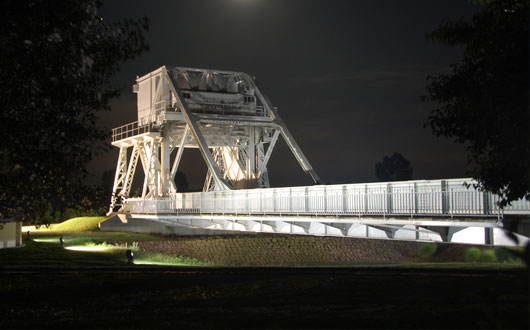
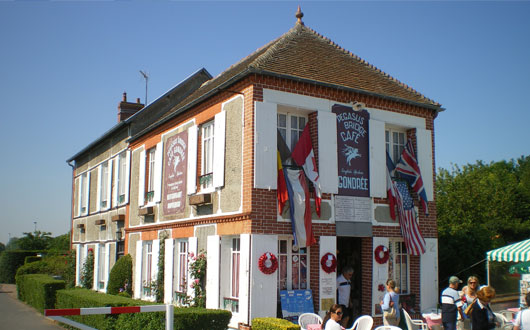

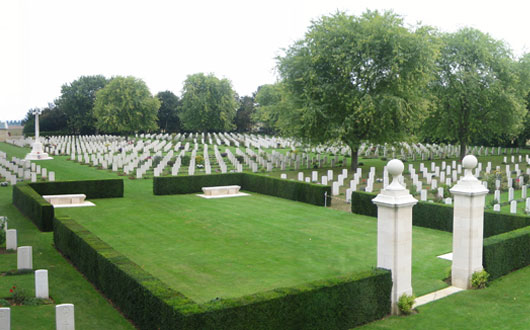
-Juno-Beach-Centre,-Courseulles-sur-Mer.jpg)
